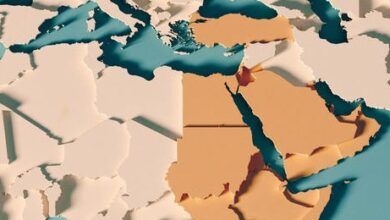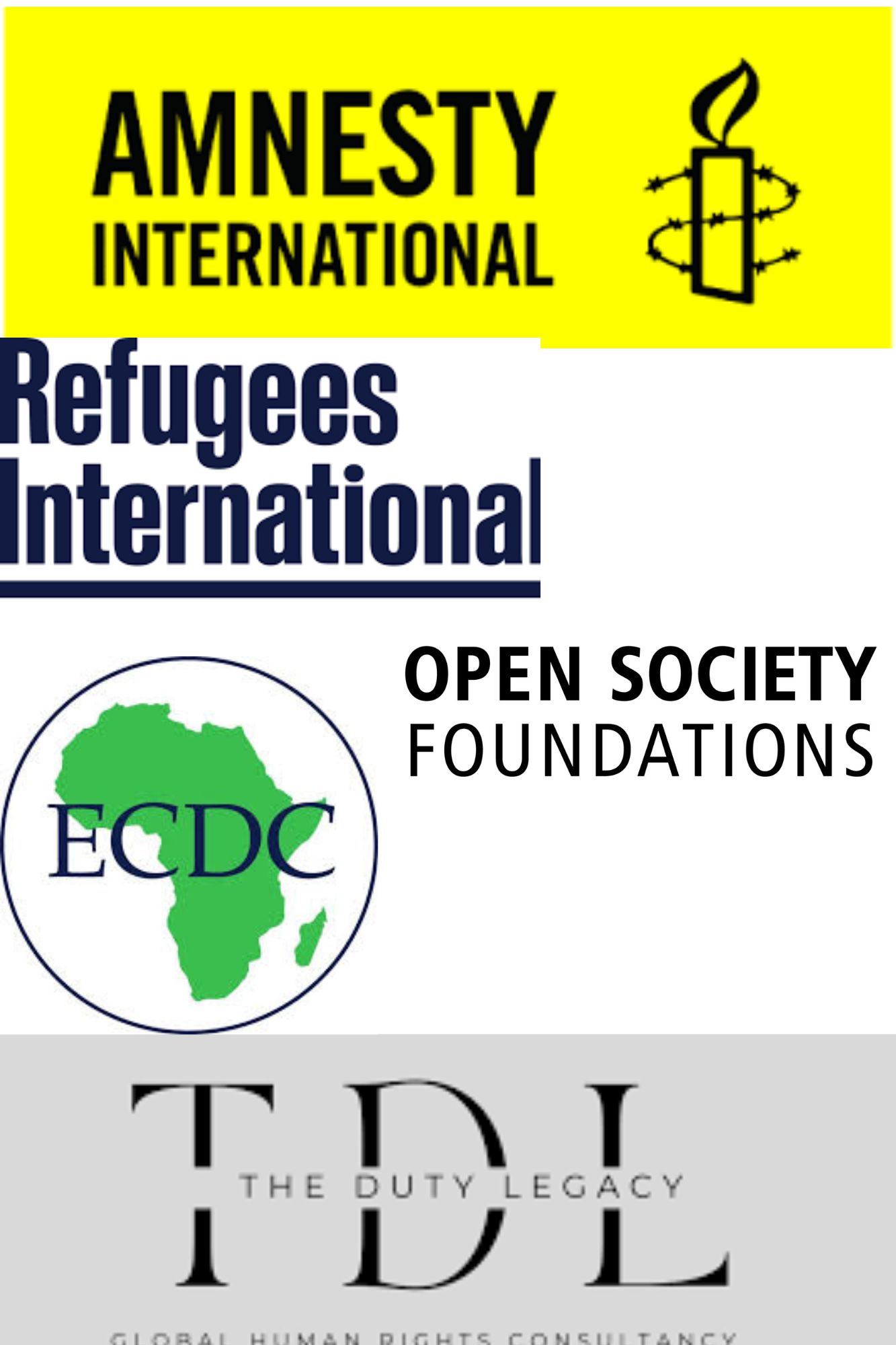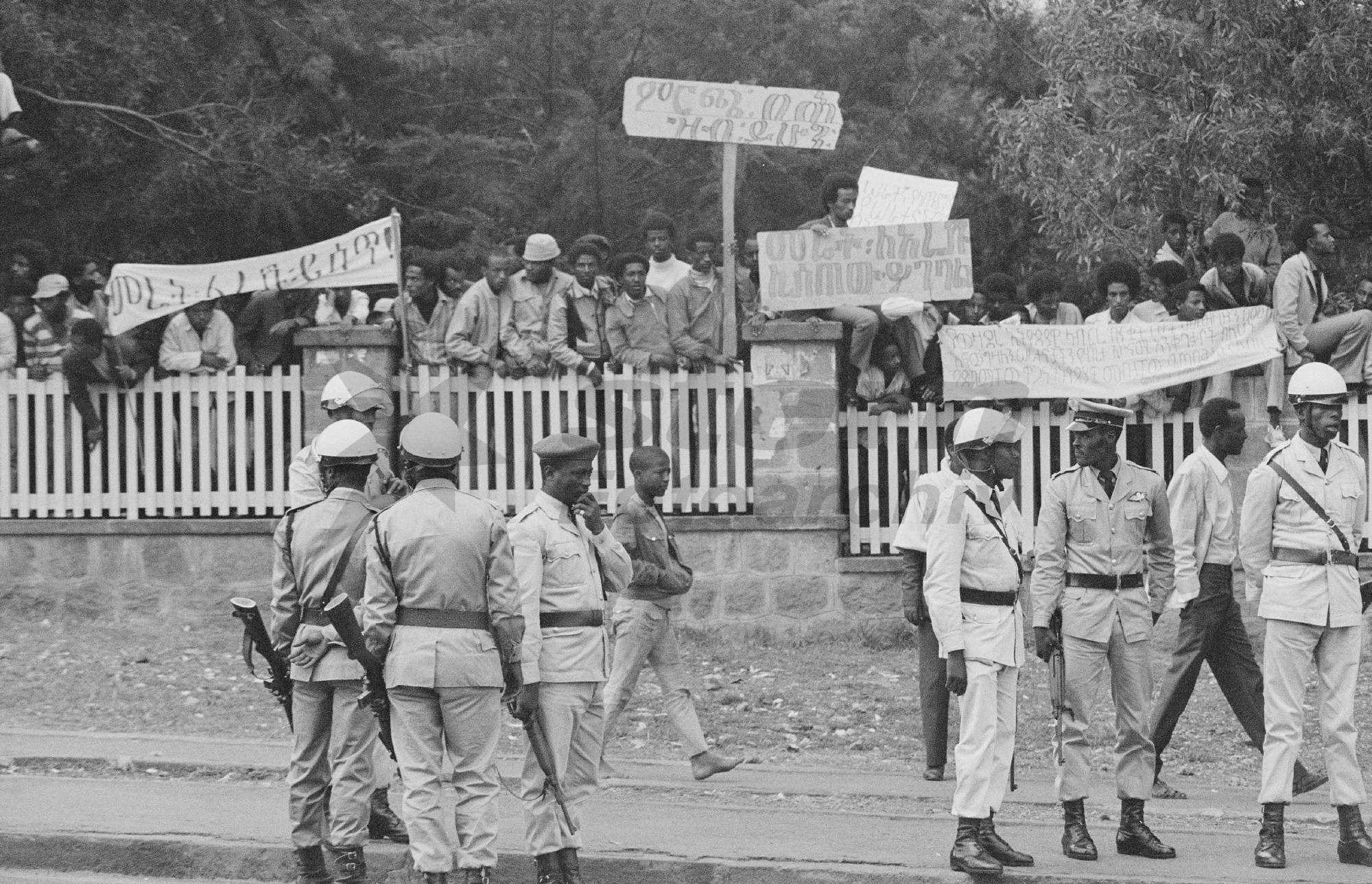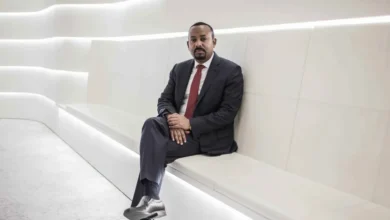Abiy Ahmed’s Deceptive “Corridor Development” Hides Poverty in Addis Ababa Ethiopia
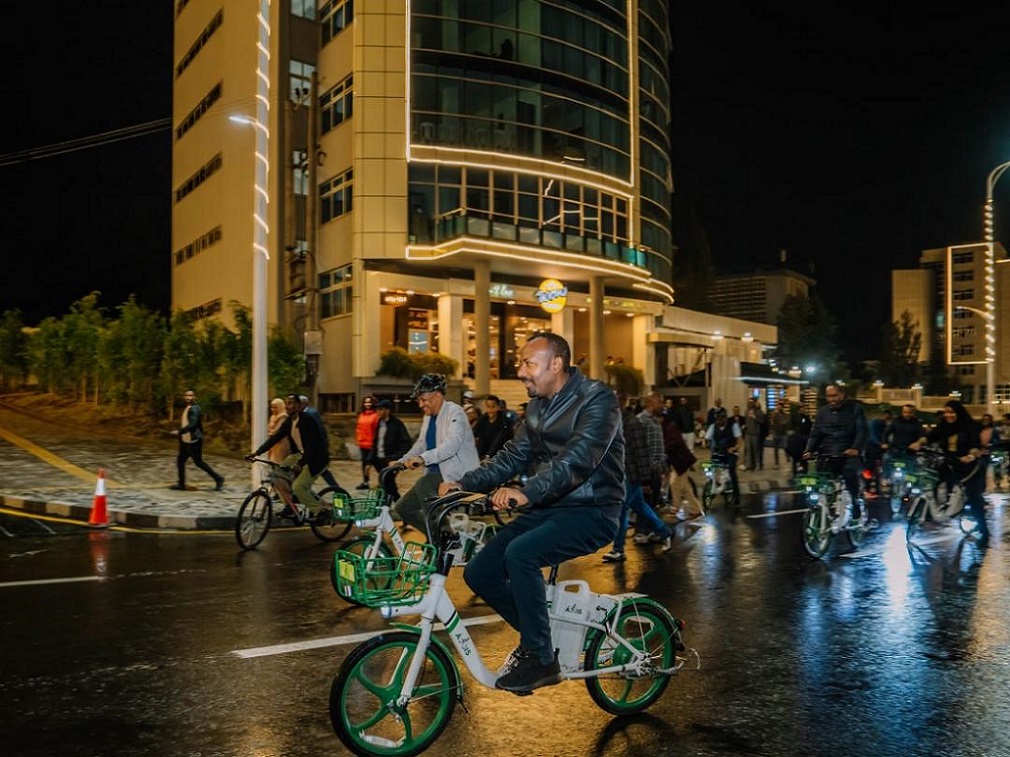
Prime Minister Abiy Ahmed’s “corridor development” project in Addis Ababa is a misleading endeavor, masking poverty rather than addressing it. Firstly, the term itself is misapplied; the correct term is “development corridor.” This misnomer sets the stage for a project with dubious aims and significant negative impacts.
The actual objectives of this initiative appear to be threefold: to enhance the road to Abiy’s planned $15 billion palace, to falsely claim Addis Ababa for the OPDO/OLF regime, and to displace targeted populations to alter the city’s demographics. In reality, the project’s primary goal is to expand and beautify the road leading to Abiy’s luxurious future palace. This involves streamlining and painting buildings along the route and decorating them with electric strips.

Such cosmetic changes are intended to project an image of progress and prosperity, masking the underlying socio-economic issues. The project also serves a political purpose: to buttress the regime’s claim that Addis Ababa, founded by Emperor Menelik II and Empress Taytu, belongs to the OPDO/OLF faction and its supporters. This revisionist narrative supports the displacement of certain groups to engineer demographic changes that favor those aligned with Abiy. Moreover, this project is being implemented in an authoritarian and exclusionary manner. In his gentrification efforts, Abiy has forced tenants to fund building renovations themselves.
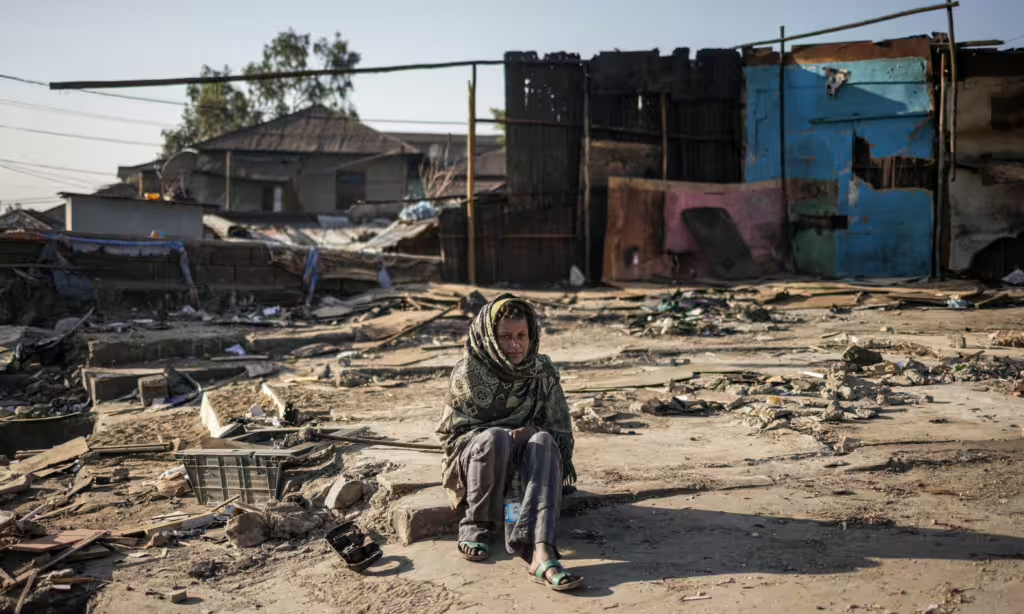
Personally, I was compelled to pay 1,200 birr to paint the visible parts of our shared compound, including the front and back walls and the gate. This was after plans to demolish our rented houses were temporarily scrapped due to a lack of replacement dwellings. This example underscores the economic and social costs of Abiy’s untimely and ill-conceived project. Many undocumented settlers have been rendered homeless, while forcibly evicted citizens have been relocated to inadequate housing without basic amenities like water and electricity.
Consequently, the city has seen a rise in eye and respiratory diseases and dysentery due to harmful dust and polluted water. Looking at Abiy’s project from another perspective, it reflects disturbing aspects of his personality. His apparent hatred of poverty leads him to hide it rather than confront it. When replacement housing and compensation funds run out, he fences off shanties and paints the fences grey to obscure them from view.
This superficial approach highlights a deep-seated reluctance to address the root causes of poverty, such as undernourishment in infancy, lack of healthcare, poor education, ineffective leadership, and corruption. For instance, the funds wasted on officials’ extravagances, like Adanech Abebe’s designer clothes or Abiy’s expensive makeup and Botox, could significantly improve education and infrastructure. Real poverty reduction requires addressing these fundamental issues.
Corruption and mismanagement divert resources away from essential services and development projects. To genuinely combat poverty, Ethiopia needs comprehensive policy measures. These should include using land for economic development rather than as a source of personal wealth, avoiding favoritism such as the allocation of 10,000 square meters of prime land to Berhanu Jula. Furthermore, the government should provide special education and skill training for poor adults, grant land titles to farmers, and make land affordable. Establishing and strengthening agricultural, industrial, and mortgage banks, as well as setting up competent project study and analysis institutes, are also crucial.
Additionally, encouraging domestic and foreign investment partnerships and increasing national budget allocations for quality education and training are essential steps. In conclusion, Abiy Ahmed’s strategy of fencing off and painting over poverty is futile. Effective poverty eradication requires confronting and addressing its root causes.
This opinion piece is a collaborative effort between Girma Berhanu and an anonymous author. The anonymity is maintained to protect the author from potential repercussions, which may arise from a lack of government authorization, personal safety concerns, or fear of prosecution related to their ethnicity.
EAR Editorial Note : This is the author’s viewpoint and Views in the article do not necessarily reflect the views of EAR.
